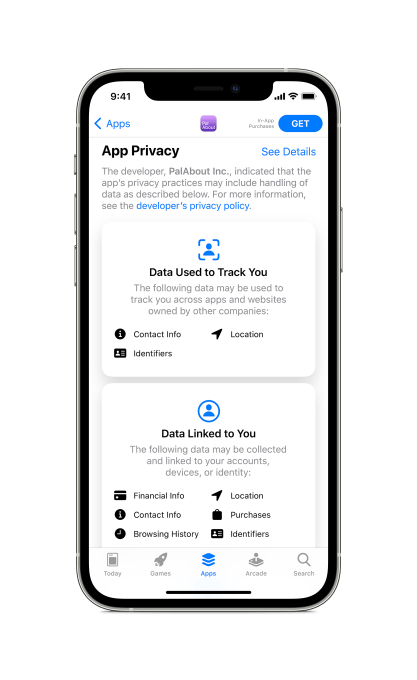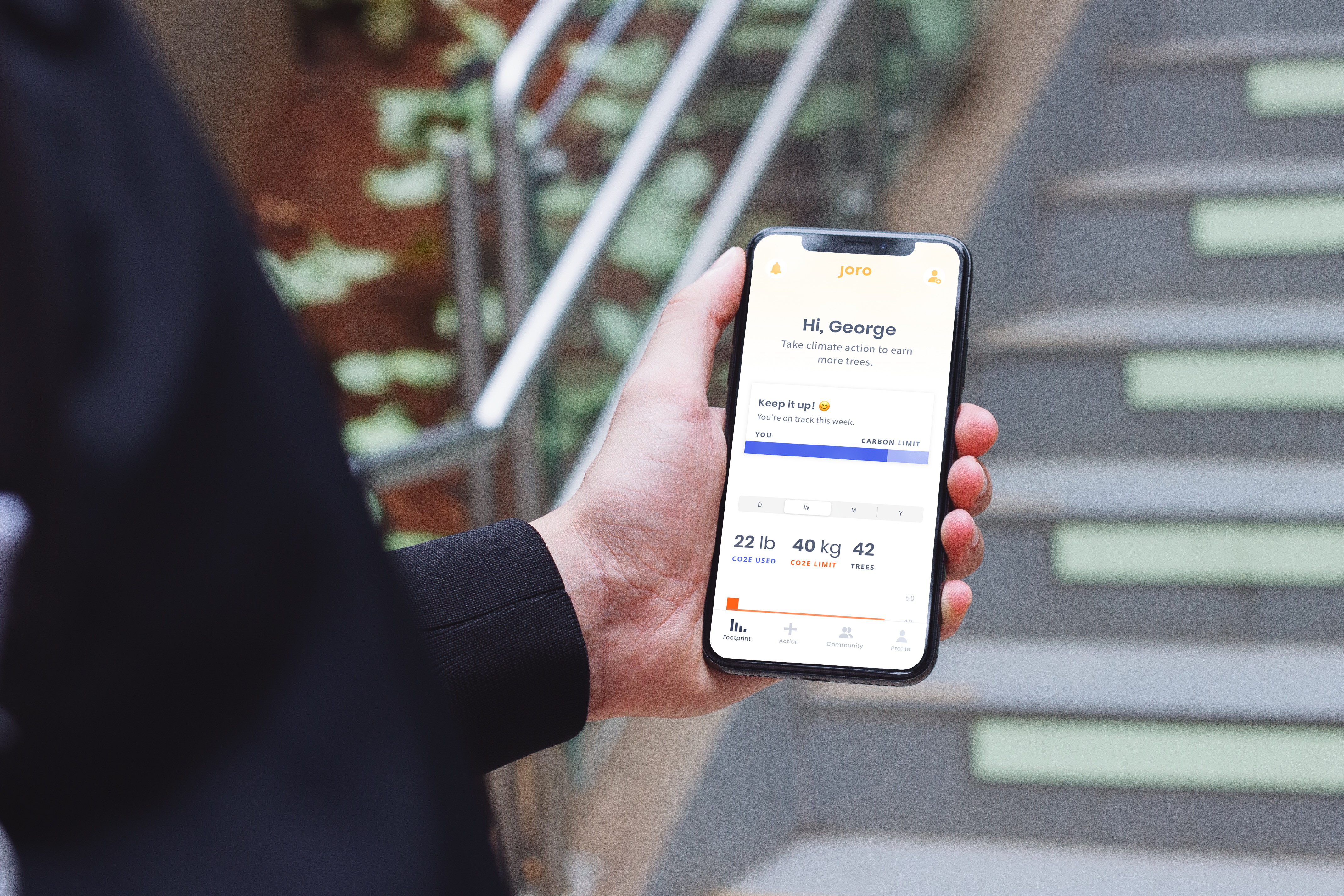The Station is a weekly newsletter dedicated to all things transportation. Sign up here — just click The Station — to receive it every Saturday in your inbox.
Hi friends and new readers, welcome back to The Station, a newsletter dedicated to all the present and future ways people and packages move from Point A to Point B.
This year has delivered turmoil, volatility and pain along with some unexpected bright spots, a flood of M&A deals, venture raises and of course, SPACs. In the next few editions of The Station, I plan to focus on some of the biggest stories of the year along with a deeper dive into those that were overlooked and deserve a bit of attention.
Dear readers, here’s where you come in. I want to hear from you. What were the biggest stories of the year? Which stories should have gotten more coverage and attention, but didn’t? Please share your thoughts.
Email me anytime at kirsten.korosec@techcrunch.com to share thoughts, criticisms, offer up opinions or tips. You can also send a direct message to me at Twitter — @kirstenkorosec.
Deal of the week

In the nascent autonomous vehicle technology industry, this might be the biggest story of the year. Uber announced that it reached an agreement to sell its self-driving unit Uber Advanced Technologies Group to Aurora Innovation.
The deal requires some unpacking. Here are the tl;dr highlights:
- Aurora didn’t pay cash for Uber ATG, which was last valued at $7.25 billion
- Uber is over its equity in ATG and investing $400 million into Aurora
- Uber gets a 26% stake in the newly combined company Aurora (Pre-deal: Uber held an 86.2% stake on a fully diluted basis in Uber ATG, according to filings with the SEC. Uber ATG’s investors held a combined stake of 13.8%.)
- The combined company has a valuation of $10 billion
- Uber together with existing ATG investors and the ATG employees who continue their employment with Aurora are expected to collectively hold about 40% interest in Aurora on a fully diluted basis.
- Uber CEO Dara Khosrowshahi will take a board seat in the newly expanded Aurora.
- Uber ATG CEO Eric Meyhofer is out.
As you might recall, I had the story three weeks before the official announcement. Back then, I didn’t have all the details, nor had I spoken to some of the key players like Aurora CEO Chris Urmson, who once headed up the former Google self-driving project.
The big takeaway right now: the next 60 days will be critical for Aurora and its hope of integrating two companies. The company plans to spend this time “dispassionately” looking at everything, including talent, tech and operations, Urmson told me.
Aurora has 600 employees and Uber ATG has about 1,200. The companies also have different cultures. It’s a monumental task that if not executed correctly could lead to the demise of Aurora.
A few other deals that got my attention …
Boston Dynamics confirmed that Hyundai has acquired a controlling interest in the company. The deal, which values Boston Dynamics at $1.1 billion, gives Hyundai Motor Group an 80% stake, with SoftBank controlling the remaining 20%. The transaction marks the Spot-maker’s third change of hands in a mere seven years.
In&motion, a French startup that developed wearable airbag systems for motorbikes, raised a $12 million (€10 million) funding round led by Upfront Ventures, with 360 Capital also participating.
Motiv Power Systems, the electric vehicle chassis maker, looking to merge with a special purpose acquisition company as a path to become a publicly traded company, reported FreightWaves.
Parallel Domain, which developed a synthetic data generation platform to train autonomous systems, raised an $11 million in a Series A round led by Foundry Group. Calibrate Ventures and return investors Costanoa Ventures, Ubiquity Ventures, and Toyota AI Ventures also participated.
Volkswagen Group invested 1 billion euros ($1.21 billion), increasing its stake in Volkswagen Anhui Automotive Company in China, formerly known as JAC Volkswagen. The company said it will build cars based on its MEB electric platform in Hefei in east China’s Anhui province with production beginning in 2023.
Uber’s 2020 evolution

Uber has spent 2020 ridding itself of any business that could derail or even delay its mission to becoming a profitable company.
One year ago, Uber’s business model could be categorized as an “all of the above approach,” a strategy to generate revenue from all forms of transportation, including ride-hailing, micromobility, logistics and package and food delivery as well as futuristic long-term bets on autonomous vehicles and flying cars.
The COVID-19 pandemic and Uber CEO Dara Khosrowshahi’s focus on profitability prompted the company to dump its moonshots and double down on delivery with its acquisition of Postmates.
Uber Elevate, the company’s air taxi moonshot, was the last to fall. Uber announced this week that it will offload Elevate to Joby Aviation. This is yet another complex deal that includes Uber investing $75 million into Joby and an expanded partnership between the two companies. The $75 million investment comes in addition to a previously undisclosed $50 million investment made as part of Joby’s Series C financing round in January 2020, Uber said. To date, Joby Aviation has raised $820 million. Uber has invested a total of $125 million into the startup.
Last year, Uber and Joby, which is developing an all-electric, vertical take-off and landing passenger aircraft, signed on as a vehicle partner for Uber’s Elevate initiative. Joby was the first partner to commit to deploying air taxi services by 2023.
The upshot: Uber is keeping its hand in all of the units it has sold off — Jump, Elevate, Uber ATG — through agreements that typically have involved investing in the acquiring company in exchange for an equity stake and partnerships.
Inside Rivian’s adventure network

I recently had a wide-ranging interview with Rivian founder and CEO RJ Scaringe that covered charging, batteries and automated driving. (stay tuned for more on the batteries and automated driving bits). This week, I will focus a bit on Rivian’s charging strategy.
Most automakers rolling out new electric vehicle models have partnered with third-party EV charging companies. Then there is Tesla, which poured hundreds of millions of dollars into building a proprietary “Supercharger” network.
Rivian is going for a goldilocks “just right” strategy, albeit an expensive one, according to new details shared by Scaringe. The electric automaker has designed and is now starting to build out a network of electric vehicle charging stations throughout the United States as it prepares for the first deliveries of its R1T pickup truck and R1S sport utility vehicle.
The network will include fast-chargers located along interstates, which is common approach that Tesla and others like Electrify America have implemented. Rivian is also planning to install dozens of EV chargers designed to power up its electric vehicles while parked at adventurous destinations, from mountain bike and hiking trails to kayaking spots and maybe even near popular climbing crags.
It’s a direct appeal to Rivian’s customer base and one required to build confidence in the brand and electric vehicles, in general, Scaringe told me.
Two important points:
- Building the Rivian network has been more than a test of consumer brand awareness and real estate wits. The electric automaker, which has raised about $6 billion, developed the tech in-house, including the high-speed DC charger.
- The platform and the hardware around it also will be used for a fleet-based product. (Yup, and not just for its partner Amazon.)
“If you think of commercial vans, the charger and the dispenser may look a little different, but the guts of these power modules that are used to build up the charging capability are identically applied in these very different applications,” Scaringe said. “It’s one of the reasons we built all that core competency, so we can build both fleet-based B2B charging solutions and the consumer-facing adventure network for Rivian customers.
QuantumScape’s big breakthrough
Folks who follow hot stocks might have noticed the eye-popping jump in QuantumScape’s share price. That bump is the result of a decade of work.
QuantumScape is the solid-state battery company that spun out of Stanford, got backing from Volkswagen Group and then became a publicly traded company through a merger with special purpose acquisition company Kensington Capital Acquisition Corp.
This week, QuantumScape released performance data of its solid-state battery technology. The upshot: a solid-state battery that can charge from zero to 80% capacity in 15 minutes, has 80% longer range than today’s lithium-ion batteries, capable of running over 800 cycles at 80% capacity and contains a solid-state separator that functions at -30 degrees Celsius.
Why does this even matter? If QuantumScape has cracked the case of commercially viable solid-state lithium-metal batteries as it suggests, this would mean a huge leap in energy density conventional lithium-ion batteries, which would in turn, give electric vehicles a driving range comparable to combustion engine-based vehicles.
It’s important to note that QuantumScape says it has been able to achieve 80% longer range WITHOUT giving up or compromising other parts of the cell such as cycle life, operating temperature, safety, cathode loading, or excess lithium in the anode.
QuantumScape proved out the most difficult part. But there’s still a ways to go. The results are based on testing of single layer battery cells. The next step is to test multi-layer battery cells and then get to work on building out manufacturing to be able to produce these at scale.
QuantumScape founder and CEO Jagdeep Singh described to me in a recent interview how they got to this breakthrough. Hint: it wasn’t one revelation.
We knew we wanted to build a 1000-watt hour per year battery with solid state technologies, but we did not know the specific material system that would work, so there was a lot of pathfinding and exploration that was done in different materials systems that turned out to be dead ends.
Luckily, nature did provide one such system that meets all the requirements and our team was able to both discover it, in terms of its chemical composition, and also figure out how to manufacture it with high levels of quality and high rates speed to get to low cost. It took us about five years to find the material and then another five years to figure out to make it high volume with high quality.
It was not by any means, a straight shot. There were a lot of false starts.”
Notable reads and other tidbits

American Airlines said it will start offering at-home COVID-19 tests to domestic fliers, the Verge reported. The airline is partnering with direct-to-consumer home testing company LetsGetChecked, which will sell the tests for $129 on top of the cost of travel.
Arrival, the U.K. electric vehicle startup that plans to become a publicly traded company through a merger with special purpose acquisition company CIIG Merger Corp., has picked Charlotte for its North American headquarters.
California State Senator Ben Allen, Democrat, introduced a bill calling for the State Secretary of Transportation to create an advisory committee focused on autonomous vehicle policy.
Cruise Automation started testing what it describes as “fully driverless vehicles” on public roads in San Francisco. There are important caveats to this including a small geofenced test area and that a safety operator was in the passenger seat. But it’s notable because this is the first milestone required to secure a permit to launch a shared, commercial service that can charge for rides.
Elon Musk has moved to Texas, the latest and not last tech executive to flee California. The two companies he leads, SpaceX and Tesla, still have major operations in California. Speaking of Tesla, the company took advantage of its absolutely massive market cap ($608B at the time) and filed to to sell $5 billion in shares after investors bid its equity to record levels.
EnergyHub partnered with Enel Group’s advanced energy services business line Enel X and to expand the availability of electric vehicle charging stations as a flexible distributed energy resource (DER) for utilities.
Ford Autonomous Vehicles LLC, Argo AI and Ford Motor Company Fund partnered with Miami -based nonprofit The Education Fund to make contactless deliveries to students and families in need in Ford’s Fusion Hybrid self-driving test vehicles. Ford said it is building a self-driving service in Miami-Dade for ride-hailing and goods delivery and offered to help make deliveries to students’ homes through its pilot program.
Sensible 4, Finland-based self-driving technology company, is sending a team to the Finnish arctic, to perform a two-week-long autonomous winter driving test in dark and snowy conditions. The goal of the test is to collect winter data and test how new features in the software perform in harsh winter conditions, the company said in an email.
The company ultimately wants to be used in self-driving last-mile shuttle buses. The software, that the test vehicle will run on is the base for the first commercial release of its autonomous driving kit solution, Dawn, which will be released in 2022.
Uber CEO Dara Khosrowshahi sent a letter to all 50 governors asking them to prioritize giving drivers and delivery workers the COVID-19 vaccine as essential workers.









